 The following guide to selecting a bagpipe first appeared in Piper Press in the 1990s. It came from the renowned pipemaker Jimmy Pettigrew who for many years was the leading bagpipemaker for RG Hardie & Co…….
The following guide to selecting a bagpipe first appeared in Piper Press in the 1990s. It came from the renowned pipemaker Jimmy Pettigrew who for many years was the leading bagpipemaker for RG Hardie & Co…….
Bagpipe making today is not as skilled as it once was. There is not enough good training these days. No one seems to do a full apprenticeship. When I started everything was done by hand. Now a lot of it is done by profile lathe. Funnily enough I find it easier sometimes to do things by hand. Instruments are only as good as the people making them. Still, there are a lot of good pipes being made. My guidelines for anyone buying a new set are these:
1 Take apart the bagpipe and make sure the bottom joints are good and straight and there are no rags (rough finishes) on the bores.
2 Look at the step in the drone tops (where the wider bottom bore meets the narrower top bore) and make sure the drone is not running off. It has to be concentric.
3 A lot of people look for a polished bore but I have heard many a good set that had dull bores. I don’t think it makes a lot of difference. Just look at some of the older sets
4 Check that the bottom joint of the bass drone is not too wide or the drone will be too flat.
5 The tenors should be matched as closely as possible as you want to hear two identical drones. Check this by using the same reed in each drone.
6 The bells in the drone tops should not be too tight. Sound can be stifled when air hits the edge of the bush [the insert found in drone top joints]. The size of the bush can make a huge difference to the sound of a set of drones. Try the old finger test in the top of the drone. Roughly speaking it should go in up to the first knuckle. I’ve sorted many a set of pipes by simply opening out the bushes and letting the air pass through more freely.
On the outside of a bagpipe there are a number of things to look out for. The wood should be dark (if it’s African blackwood) and have a nice straight grain with no knots or flaws. I like pipes to be well varnished to protect the wood though I know others favour a simpler polished finish. The latter certainly lets you see the true quality of the wood.
The weight of the drones will tell you if the pipes are ebony, it’s a good bit lighter than blackwood. Personally I don’t think there is a lot of difference in the sound of an ebony pipe when compared with a blackwood. People used to say there was a softer sound from ebony but I’m not so sure about that. One thing that is sure is that ebony is harder to work with and tends to dull down the makers tools.
When examining a new set take a close look at the combing. It should be done neatly and uniformly and not too tightly packed. Look too at the projecting mounts and ferrules. These are fitted for both decoration and protection. They should be fitted neatly with no unsightly gaps between the mount and the wood.
Reed seats are important. They must be angled in towards the bottom joint bore and not parallel with it. The blowpipe is very important too to every set of pipes. The bore should be as wide as possible without making the walls too thin.
Chanters must obviously look well made. Again check for a straight grain in the wood and that the holes are in line and cleanly bored and that the reed seat has been properly done.
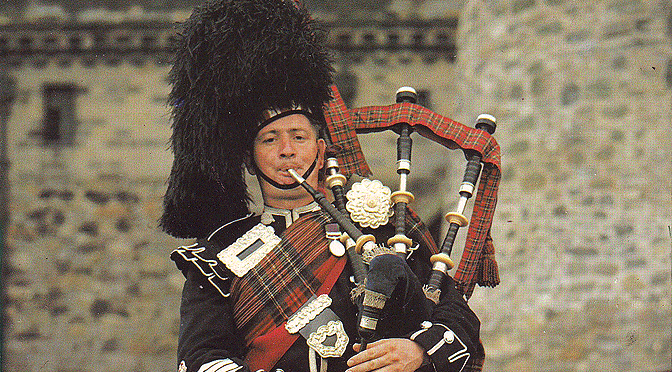 A well maintained bagpipe will give years of pleasure. The set I heard played some years ago by P/M Angus MacDonald (above) was a case in point. They were old Hendersons silver and ivory. It was in the 70s or early 80s I can’t remember exactly. Angus was out at Hardies workshop selecting chanters for the Army and every time he blew up his pipe you knew you were listening to a top quality instrument.
A well maintained bagpipe will give years of pleasure. The set I heard played some years ago by P/M Angus MacDonald (above) was a case in point. They were old Hendersons silver and ivory. It was in the 70s or early 80s I can’t remember exactly. Angus was out at Hardies workshop selecting chanters for the Army and every time he blew up his pipe you knew you were listening to a top quality instrument.
Jimmy Pettigrew was one of the old school of Scottish bagpipe makers. He studied his craft under Robert Hardie and was apprenticed to that master at his Bishopbriggs workshop for five years. He was with RG Hardie for 27 of those, 11 as foreman, before he moved on. He played with P/M Hardie in the Kenmure Pipe Band who were 1952 Grade Two World Champions. In the early 60s he went with Hardie to Muirhead and Sons pipe band and was with them for five years.
[wds id=”10″]

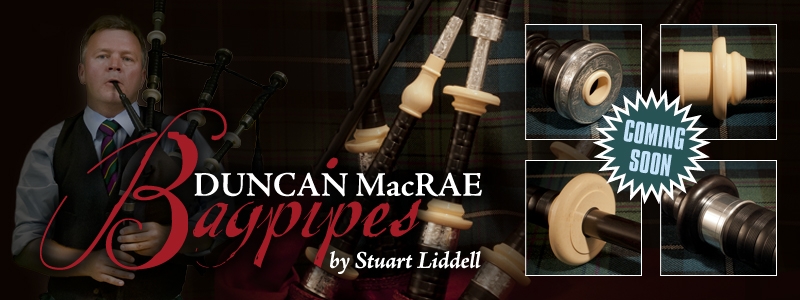
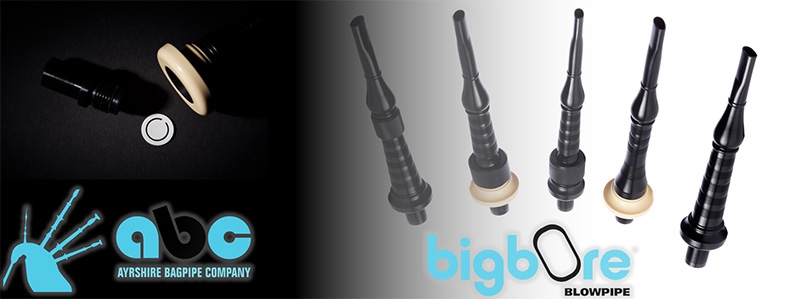






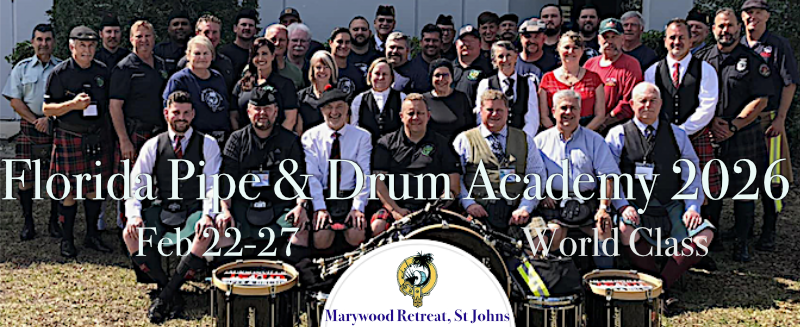
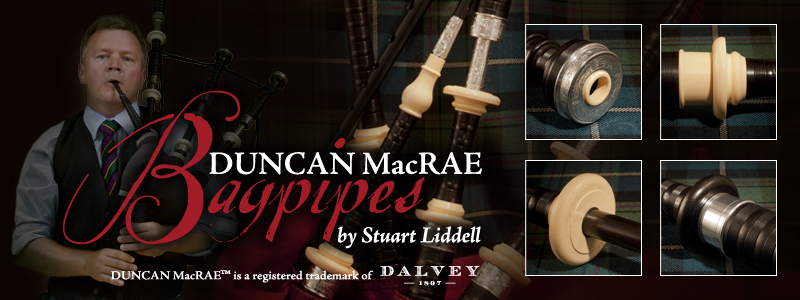

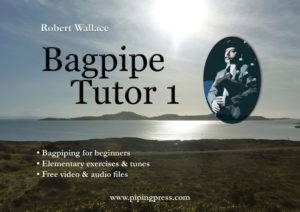
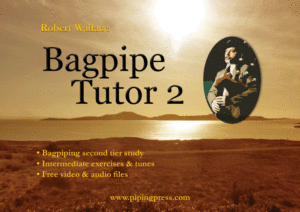
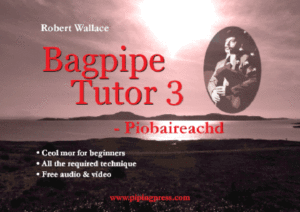
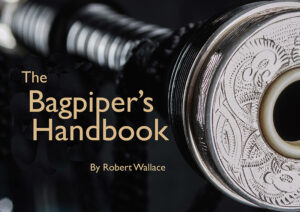
Recent Comments